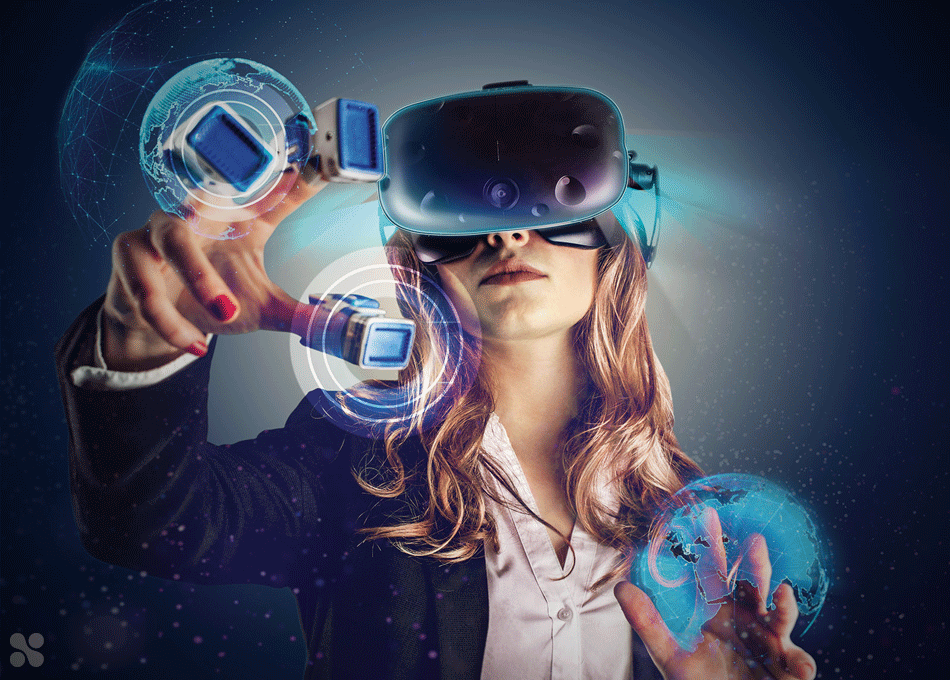Virtual Reality (VR) has come a long way since its early days, with immersive experiences now becoming more realistic and interactive than ever before. At the heart of these advancements lies the power of machine learning (ML). Machine learning, a subset of artificial intelligence (AI), is being leveraged to enhance VR in various ways, providing users with more responsive, personalized, and dynamic environments.
One of the key improvements ML brings to VR is in object recognition and real-time environment mapping. Using machine learning algorithms, VR systems can better understand and adapt to a user’s surroundings. This means VR experiences are becoming more accurate in terms of tracking movements, recognizing gestures, and creating realistic interactions with virtual elements. As ML models process data from sensors, cameras, and motion trackers, they allow VR to react instantly and fluidly to user inputs.
Machine learning also plays a crucial role in personalization. By analyzing user behavior, preferences, and interactions, VR systems can tailor experiences to fit individual needs. For instance, if a user frequently chooses certain types of environments or experiences, the system can suggest similar content or adjust scenarios to enhance immersion. This level of customization enhances user satisfaction and makes VR more engaging.
Another area where machine learning enhances VR is through natural language processing (NLP). With NLP, VR systems can now understand and respond to voice commands, enabling hands-free control and making interactions feel more intuitive. This allows users to engage in more complex virtual environments without the need for constant manual input.
Finally, machine learning is improving the graphics and visual fidelity of VR. Through generative models, AI can generate lifelike textures, lighting, and even create hyper-realistic avatars. This makes virtual worlds feel more believable, which is essential for gaming, training simulations, or even virtual tourism.
In conclusion, machine learning is revolutionizing VR by making it smarter, more responsive, and deeply immersive. As both fields continue to evolve, we can expect even more groundbreaking innovations that will shape the future of virtual reality.






